Kidepo Safari Itineraries: How Many Days Do You Need?
The Timeless Allure of Kidepo
Deep in the rugged landscapes of northeastern Uganda, far from the more traversed safari routes of East Africa, lies a wilderness that feels almost untouched by time. Kidepo Valley National Park, often described as Uganda’s hidden jewel, has long been celebrated for its solitude, its vastness, and its rare wildlife encounters. Surrounded by mountain ranges, shaped by sweeping valleys, and kissed by dramatic horizons, Kidepo has been hailed as one of the most enchanting safari destinations on the continent.
Yet one question often arises among travelers preparing to journey into this remote frontier: how many days are truly enough to experience Kidepo’s magic? The answer is never simple, for Kidepo is not a park that reveals its secrets in a single glance. Its valleys change character with the movement of light, its wildlife shifts with the rhythm of day and night, and its cultural richness is unveiled only through time and patience. The duration of a safari in Kidepo is not measured in days alone but in the depth of connection achieved with this untouched wilderness.
The Value of Time in the Wild
Time is the most critical element of any safari experience, yet in Kidepo, it carries an even greater significance. Unlike more accessible destinations such as Queen Elizabeth National Park or Murchison Falls, Kidepo is remote, requiring long journeys by road or flights into the wild north. Because of this isolation, travelers often find themselves debating the ideal length of stay.
The truth is that every day in Kidepo deepens the immersion into its landscapes. The first day is often consumed by the awe of arrival, the second introduces the rhythms of the wildlife, and subsequent days reveal patterns, stories, and moments that would otherwise remain hidden. A cheetah sighted in the Narus Valley on one afternoon may be missed the next, but over several days, opportunities increase, and the wilderness begins to unfold like chapters in a grand narrative.
The Short Stay: Two to Three Days in Kidepo
The Snapshot Experience
A stay of two to three days in Kidepo is often considered the shortest practical safari itinerary. It allows travelers to experience the highlights of the park, though it is best suited to those with limited schedules or those flying in directly from Entebbe or Kampala.
During this period, the Narus Valley becomes the primary focus. Its open savannah grasslands attract a high concentration of wildlife, making it the most accessible area for game drives. Lions lounging on the rocky outcrops, herds of buffalo moving like rivers across the plains, and elephants appearing against the distant mountains are common sights. A short stay introduces travelers to the essence of Kidepo, though it often feels like only a glimpse of a much larger story.
The Limitations of Brevity
While two or three days provide memorable encounters, such a short stay rarely captures the full spirit of Kidepo. The Kidepo Valley itself, with its ostriches, hot springs, and more arid landscapes, often remains unexplored during a brief visit. Cultural immersion with the Karamojong communities is also rushed, reducing opportunities to connect with the traditions of this unique region. For many, a short stay sparks fascination but leaves behind a yearning for more time to fully absorb the wilderness.
The Balanced Stay: Four to Five Days in Kidepo
A Deeper Exploration
A safari lasting four to five days offers the balance most travelers seek. It provides enough time to move beyond the surface and to immerse oneself more completely in the park’s diversity. With this itinerary, the Narus Valley can be explored over multiple game drives, allowing sightings of predators such as cheetahs, leopards, and lions to be pursued with greater patience and success.
The additional days also make it possible to journey into the Kidepo Valley itself, a region that differs in atmosphere and wildlife from the Narus plains. Here, the arid landscapes stretch towards the borderlands of South Sudan, and sightings of ostriches, secretary birds, and kudu often reward those who venture into this remote section. The contrast between the valleys demonstrates the park’s ecological richness and ensures that the experience feels layered rather than hurried.
The Value of Cultural Encounters
A stay of this length also creates time for cultural immersion with the Karamojong, the pastoralist people whose lives are deeply connected to the land. Visits to traditional homesteads, observations of dances, and conversations about cattle traditions provide insights into a culture that remains distinct within Uganda. These encounters remind visitors that Kidepo is not only about wildlife but also about the people whose resilience has defined life in this semi-arid frontier.
The Immersive Stay: Six to Seven Days in Kidepo
A Journey into Wilderness Rhythms
An itinerary of six to seven days offers the kind of immersion that transforms a safari into a deep connection with place. In this timeframe, travelers are not merely visitors but participants in the rhythms of the park. Dawn game drives, midday explorations, and evening returns under expansive skies create a cadence of discovery that grows richer with each day.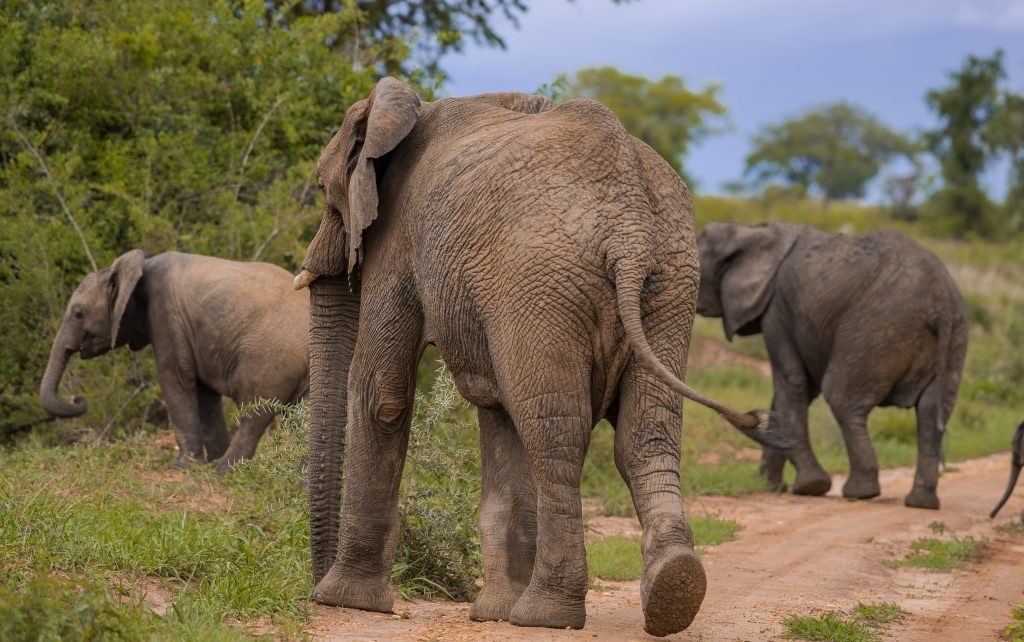
This length of stay allows for multiple explorations of both valleys, ensuring that every corner of the park can be encountered. It also makes room for guided walking safaris, during which the details of the landscape—tracks in the sand, calls of distant birds, and the scent of wild sage—become part of the experience. Such activities cannot be rushed, for their value lies in attentiveness rather than in speed.
The Reward of Patience
The greatest reward of a longer stay is the increased likelihood of witnessing the park’s rarer species. Cheetahs, ostriches, and striped hyenas are not guaranteed sightings, but with patience and time, the chances of encountering them rise dramatically. Birdwatchers also benefit, as days spent in varied habitats ensure that the extraordinary diversity of species is revealed. The immersive stay transforms the safari into a narrative that builds steadily, rewarding those who linger with unforgettable memories.
The Extended Expedition: Eight Days or More
For the Dedicated Naturalist
Those who choose to spend eight or more days in Kidepo embark on a journey reserved for the most dedicated lovers of wilderness. Such an extended itinerary is rare, but it offers unparalleled rewards. With time in abundance, the park can be experienced not as a destination but as a living ecosystem whose nuances shift with every hour.
Extended stays often combine vehicle-based safaris with walking expeditions and cultural experiences, weaving together wildlife, landscapes, and human traditions into a single tapestry. The rarest animals can be pursued with patience, birding lists can grow into the hundreds, and the essence of solitude that defines Kidepo can be fully embraced. Few parks in Africa offer the opportunity to experience such raw wilderness without the press of large tourist numbers, and this distinction becomes most evident during longer visits.
Factors Influencing the Ideal Duration
Accessibility and Travel Time
The decision of how many days to spend in Kidepo is influenced not only by preference but also by practicalities. By road, the journey from Kampala can take up to 10–12 hours, which necessitates overnight stops along the way for comfort. Those traveling by road often require longer itineraries to justify the time spent reaching the park. In contrast, those who fly directly into Kidepo can afford shorter stays, though the temptation to extend the visit remains strong once the wilderness is experienced firsthand.
Travel Goals and Priorities
The purpose of the safari also plays a role in determining duration. Travelers whose focus lies in photography often benefit from longer stays, as lighting conditions, animal behaviors, and landscapes vary from day to day. Birdwatchers, too, require more time to fully appreciate the park’s 470 species. Those seeking cultural encounters may wish to extend their itineraries to allow meaningful engagement rather than hurried observations.
Seasonal Considerations and Duration
The Dry Season
During the dry season, typically spanning from September to March, the scarcity of water draws animals into concentrated areas, making wildlife easier to spot. In such conditions, shorter itineraries may suffice for those seeking efficient game viewing. However, even during this season, extended stays continue to provide greater opportunities for observing behaviors and interactions among species.
The Wet Season
The wet season, from April to August, transforms the park into a landscape of lush greenery, though it disperses wildlife more widely across the valleys. This dispersion often requires longer stays to ensure satisfying encounters. For photographers, however, the wet season offers breathtaking opportunities, as dramatic skies and rich colors create striking contrasts in images. The duration of the safari in this season often depends on the traveler’s interest in capturing scenery as much as wildlife.
The Uniqueness of Time in Kidepo
What sets Kidepo apart from many other African parks is that time here is not simply about activities completed but about immersion into wilderness solitude. The lack of crowds, the vastness of the landscapes, and the authenticity of encounters ensure that every additional day adds depth rather than repetition. Unlike busier parks, where extended stays may eventually feel predictable, Kidepo retains its freshness because its remoteness ensures that every moment carries an air of exclusivity.
Finding the Perfect Balance
There is no singular answer to the question of how many days are needed for a safari in Kidepo Valley National Park. A short stay offers a snapshot, a balanced itinerary provides depth, an immersive visit creates connection, and an extended expedition delivers complete absorption into wilderness life. The decision ultimately depends on the traveler’s purpose, priorities, and practical considerations.
What remains certain is that every additional day in Kidepo adds richness to the journey, turning fleeting encounters into lasting stories and brief glances into profound experiences. Whether two days or ten, the park imprints itself on memory not for the number of days spent but for the intensity of the encounters it offers.
To ensure that every moment of your Kidepo safari is thoughtfully planned and expertly guided, it is strongly recommended that you book your Africa tours and safaris with WildHorn Africa, a trusted partner dedicated to creating authentic journeys into Uganda’s most extraordinary wilderness.

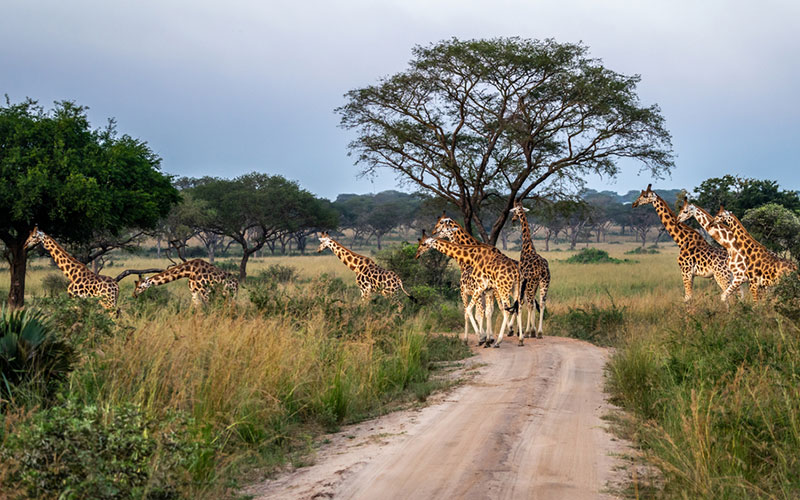
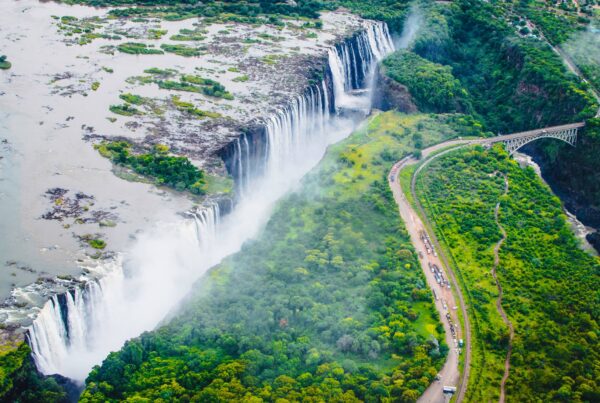
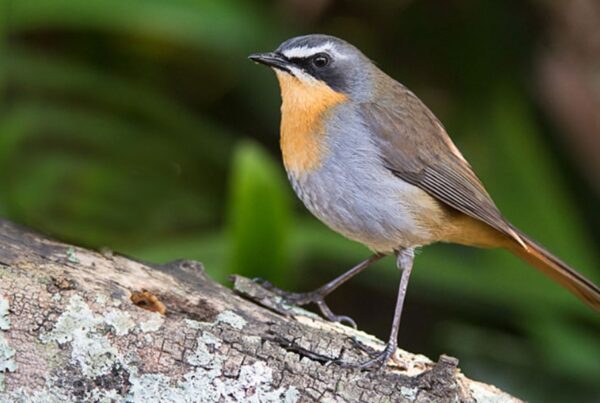
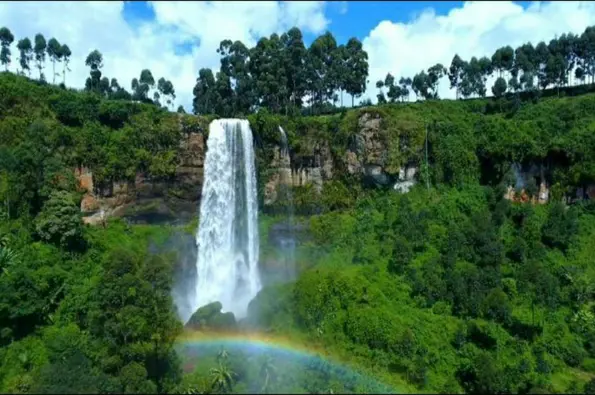
 WildHorn Africa – Authentic and unforgettable tours across Africa, guided by local experts who know the land, wildlife, and culture best.
WildHorn Africa – Authentic and unforgettable tours across Africa, guided by local experts who know the land, wildlife, and culture best.


